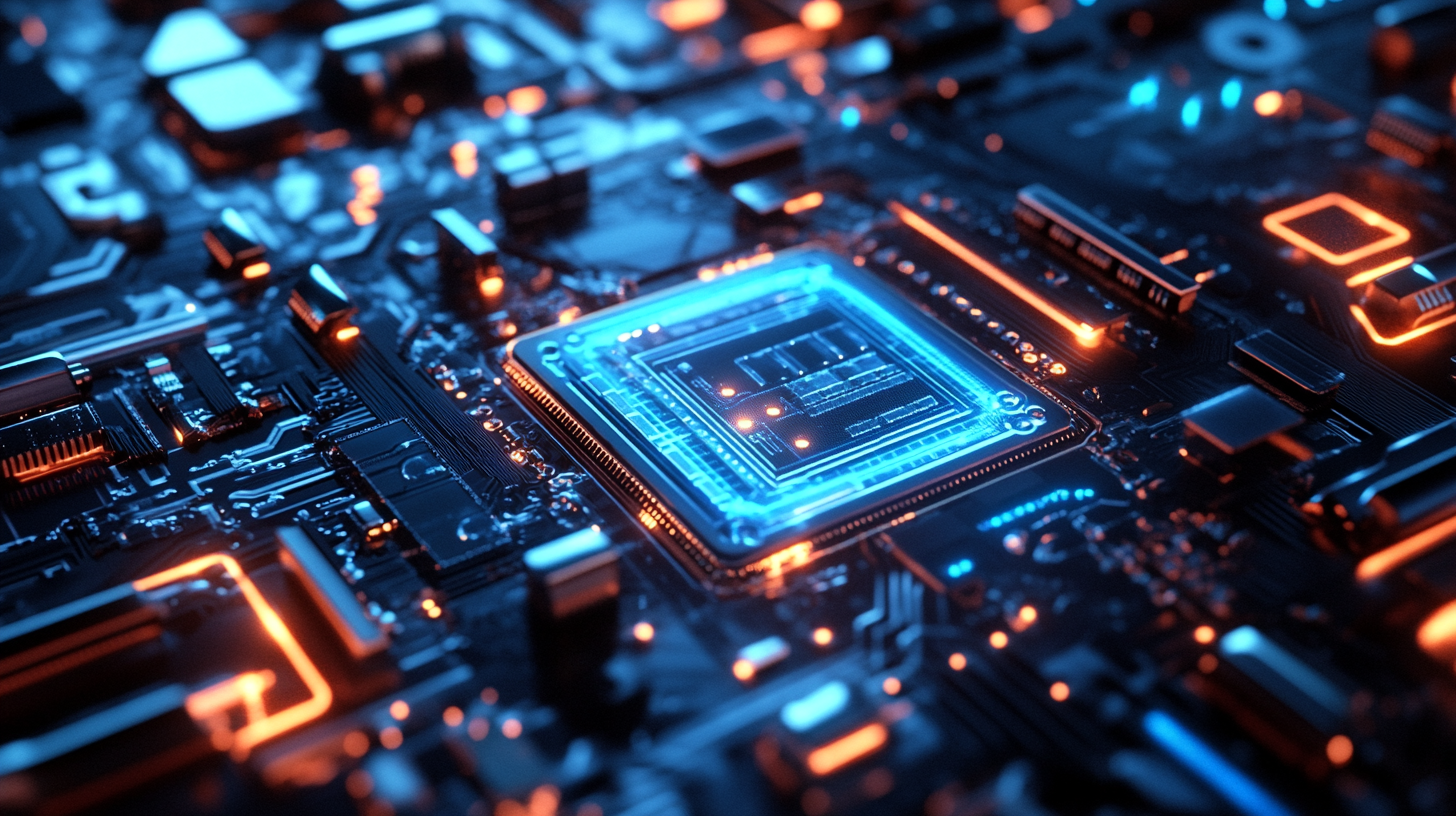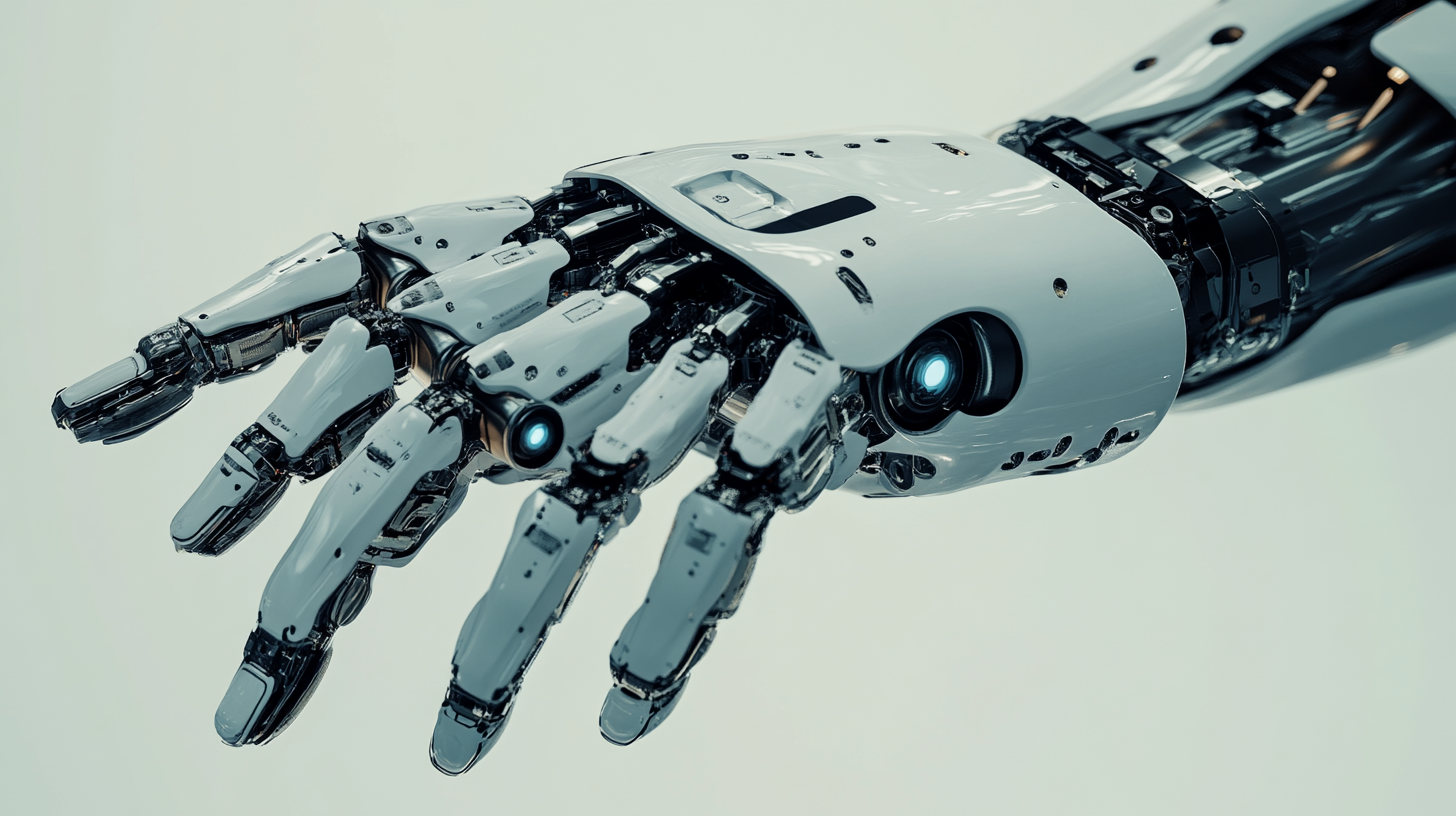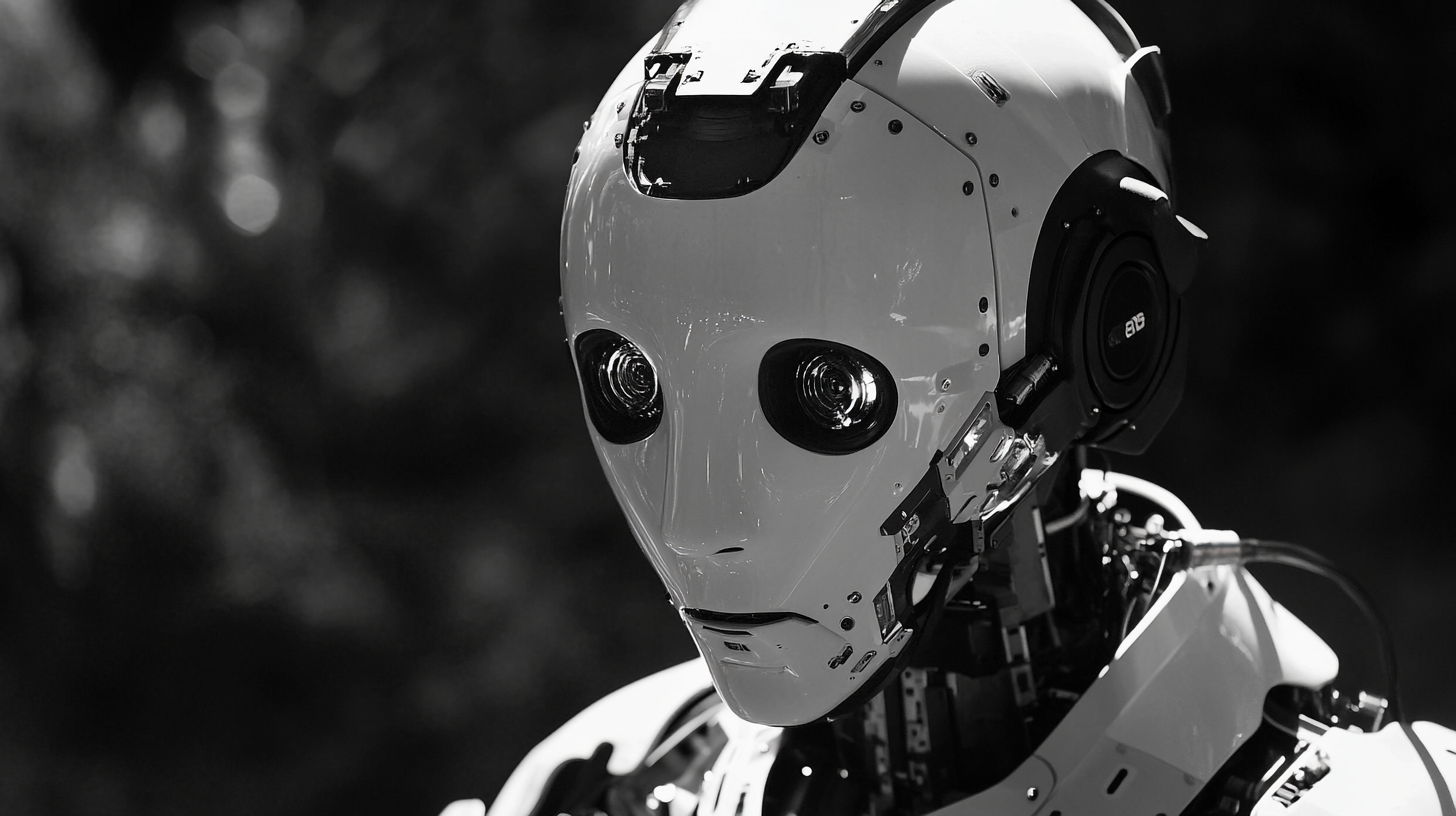Use it to plan your own robot barista payback period.

Want to know more details?
Please, contact your manager.
Aleksandr Maksimovich
Business Development Manager
Nalarobot Robotics | Nalarobot Café
Mobile: +375 333 760 460
(WhatsApp | Telegram | Viber)
BLOG
2025 Market Insights: Unlocking Efficiency with Pick And Place Robotic Arm Technology
Now, manufacturing and logistics have seen huge changes because of advancements in technology lately. The most essential and recent introduction into the field is the Pick And Place Robotic Arm technology. The fact that according to a report by Markets and Markets, the global robotics market will grow up to $74 billion by 2026 shows the reliance on the increasing demand for automation in warehouses and production lines. The trend therefore indicated how much it lingers--that Pick And Place Robotic Arms are increasingly becoming important in promoting efficiency and productivity in various sectors.
Those early adopters realize that time and cost saving in internal functions can come from pick and place robotic arm systems. This is based on extensive research from Deloitte, suggesting that up to 30 percent operational efficiency improvement is possible for all advancing companies investing in robot technologies. They are making it easier by automating monotonous activities such as sorting, packaging, and assembly. Besides the enhanced accuracy, it also frees human beings from such analysis so that they can perform tasks that require more reasoning and creativity. Since proximity to 2025 looks bright, it becomes relevant to see how this Pick and Place Robotic Arm technology potentially holds the implications for an industry that wants to stay competitive in an increasingly automated market.

Market Overview: The Growing Demand for Pick and Place Robotics in 2025
With its many uncertainties, the year 2025 will be a crucial event for the pick and place robotic arm technology. Different industries worldwide are on the path for greater efficiency and automation, creating increasing demand for these new robots. Factors influencing this growth include the desire to improve productivity, cut labor costs, and reduce the chances of human error in manufacturing and logistics. Businesses see an opportunity to streamline their operations, with greater expectations for speed and accuracy from consumers, through the adoption of pick and place robots. Increasing speed in technology development will be one of the factors supporting this growth. With advances in artificial intelligence and machine learning, robotic systems can now carry out complex tasks with high fidelity. These robots can efficiently conduct rapid repetitive functions, handle delicate payloads, adapt to ever-changing workloads without losing quality, and thus enhance their efficiency. At the same time, companies free up the human workforce to engage in more strategic, value-adding activities. The e-commerce and automated warehouse trends have also led to a greater demand for reliable and efficient pick and place robots. Investments in these technologies will allow companies to keep pace with shipment demands and enhance supply chain performance. Looking ahead into 2025, it would be clear that the pick and place robotics market will take on further transformational changes driven by innovations and the desire to achieve operational excellence.

Key Innovations in Pick and Place Robotic Arm Technology
Technological advances in pick-and-place robotic arms have achieved sophistication in the demand for more effective and flexible solutions in an array of applications. The technological advances have found application in parameters such as sensory enhancement, software algorithm improvement, and machine learning. Such advances have permitted a niche capability, thereby facilitating arms to distinguish, grasp, and manipulate objects with unparalleled precision and speed.
Among the highlighted advances are forward-looking vision systems that contribute to fine spatial awareness in robots. With improved vision based on high-resolution cameras and advanced image processing methodologies, these robotic arms can differentiate between multiple objects, assess their shapes and sizes, and apply corrective measures for movement in real time to vastly enhance productivity in their automated operations, especially in manufacturing and logistics areas where precision is critical.
Moreover, the integration of cobots, or collaborative robots meaning to say, has shifted the dynamic in pick-and-place operations. These robots can operate alongside human operators, sharing workloads to increase productivity and remain in sync with a safe working environment. The reasoning behind this flexibility lies in their ability to learn from human actions using intuitive programming interfaces. In fact, those interfaces give cobots the ability to adapt to a range of applications, from assembly lines to warehouse management.
The role of machine learning algorithms is of great significance for enhancing the operation of pick-and-place robotic systems. Based on task performance data collected from previous jobs, machine learning algorithms allow robots to amend their decision-making and reduce errors over time. Thus, they enhance operational efficiency and provide opportunities for automation in domains needing flexibility and responsiveness to changing demands.

Efficiency Improvements: How Robotics Transform Manufacturing Processes
Robotics technology is continuing to promote efficiency in production processes and usher in a new era of transformation in manufacturing. The introduction of advanced robotic arms into pick-and-place applications demonstrates how automation is streamlining processes and optimizing labor. Robotic systems are developed to effectively carry out repetitive tasks with speed and scale. Thereby with maximal precision, they reduce human error to a great extent and enhance output.
In sectors like automotive and aerospace, robotic laser welding is gaining traction as a value addition reflected in the enormous market growth stimulated by the demand for higher efficiency and reliability. As industries embrace automation technologies for productivity enhancement, it is forecast that the demand for robots will continue to rise sharply in the years ahead. The expected compound annual growth rate of over 21.2% in the data center robot market confirms that the reliance on automation is rapidly growing across various industries.
Meanwhile, the innovative research is working toward better manipulation schemes in robotics. The RoboAgent family of models is focused on increasing efficient task execution, perfectly illustrating instances in which AI and automation cases can work in harmony. Data center robotics represents an opportunity of over $14 billion by 2024, and hence investing in robotic solutions is a must if manufacturers want to sustain themselves in a very competitive environment. Implementing these technologies will also ensure optimized process efficiencies, pushing manufacturing capabilities to the next level.

Challenges and Solutions in Implementing Robotic Automation
The adoption of this technology of pick and place robotic arm system technology is undergoing a paradigm shift to numerous industries, even though there are meshing challenges for its wide-scale adoption. According to the reports by MarketsandMarkets, it has been forecast that the total market for robots will touch $210 billion by 2025, which remains a testimony to the increasing investment in automation. The greatest many companies are still having difficulty with integrating robotics into an already-established workflow, especially considering the compatibility with legacy systems and training personnel to function on and maintain these sophisticated systems.
Another major problem is the price, which is very high as described by robotic automation. Investment does not include only robotic arms but also infrastructure and technology that need to be improved. Deloitte reported that, based on a survey, 41% of manufacturers said they were under budget to automate. To remedy that, businesses are exploring collaborative robots that allow the human operator to work together with other intelligent machines to not have to redesign so much and be able to transition to automation longer.
Additionally, the safety of both the human worker and equipment is major important concerns. The International Federation of Robotics reported that standardization of safety procedures was lacking, which usually results in reluctance to introduce robotics solutions. Addressing safety issues in terms of safety testing and compliance with the industry regulations could assist in making integration smoother and boosting employee confidence.
Innovative solutions are underway, such as advanced AI algorithms for adopting better precision and adaptive learning processes. Industries are able to roll with time to challenge such issues. Long-term projections show that industries will be losing less of their operational costs and spending more on investments with a much better return on investment in robotic automation with such developments.
Future Outlook: Trends Shaping the Next Generation of Robotic Arms
Through to 2025, there is going to be new business in the robotic arm space to come. Innovations in logistics robotics particularly autonomous mobile robots (AMRs) are leading this new turn. They are not just doing operations much more efficiently; they are multifunctional, thus very applicable to day-to-day warehousing or supply chain management activities. However, this automation increase will not represent some incremental stage; it will be a step change in the manner in which organizations will employ robotic technologies to rationalize processes and fill labor gaps resulted from demographic changes.
And then again, service robots are being developed, which also speaks of the fact that artificial intelligence is now in tandem with robotics. Modernization of robots extends to customer service handling and healthcare as applications of their service, now that AI is becoming more pronounced. The concept of "intelligent automation" gains momentum as individuals see the increasing coupling of AI technologies into robotic systems. This combination of capabilities will define the next generation of robotic arms, enabling them to act as autonomous partners rather than mere tools in productivity and service delivery.
However, all these things touted will have a great meaning in the years to come as far as technology is concerned. While on the other hand, industries are now considering RaaS-Robotics as a Service types of models, where really internalize these changes that have opened up accessibility already for smaller-medium sized businesses to their technologies in automation. The trend would mean a huge quality leap to a very flexible and consumer-friendly robotic solution for various needs. What will be witnessed henceforth is a paradigm shift: from robotic arms that are not just efficient but also capable of applications much wider than today in terms of redefining what these machines can do in our workplaces.
